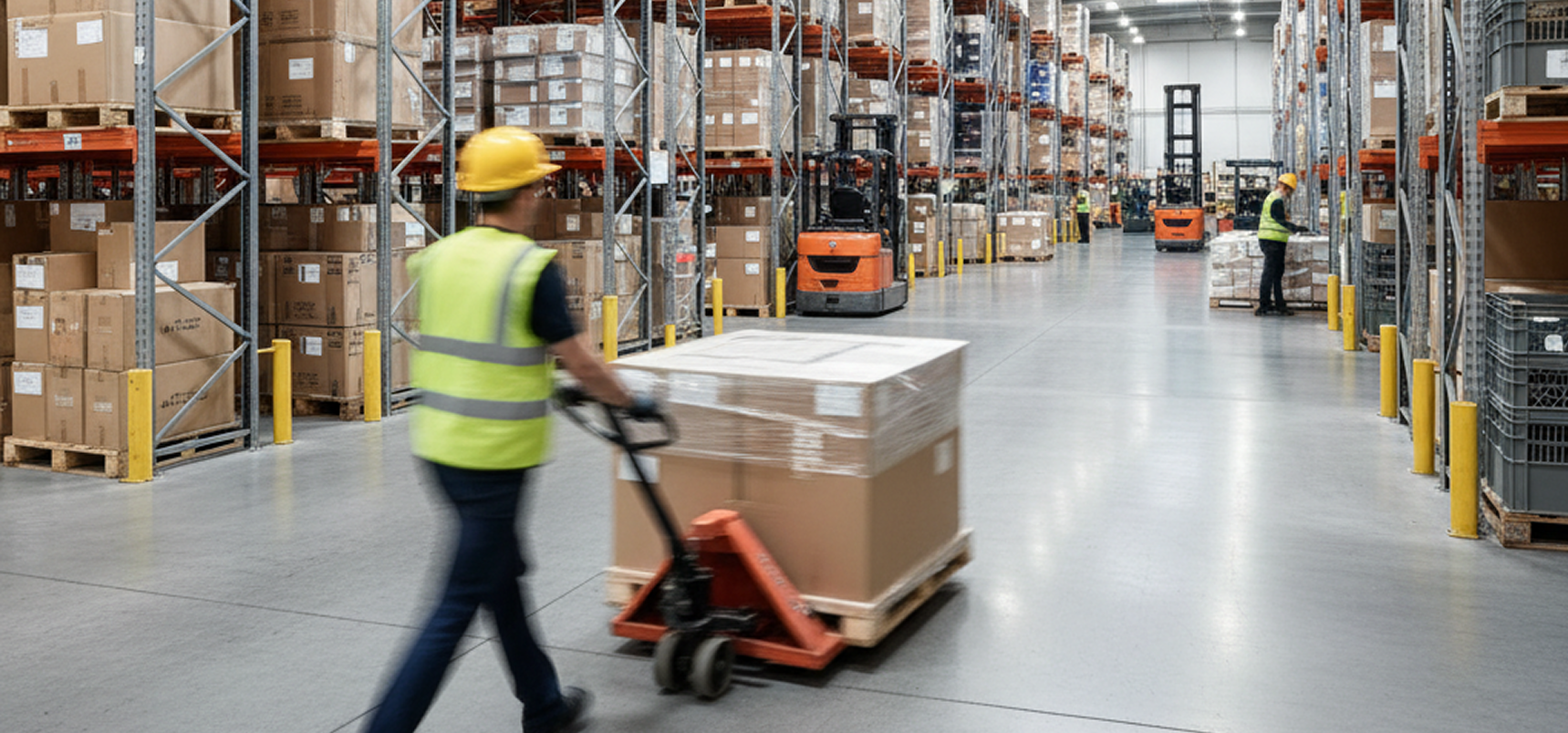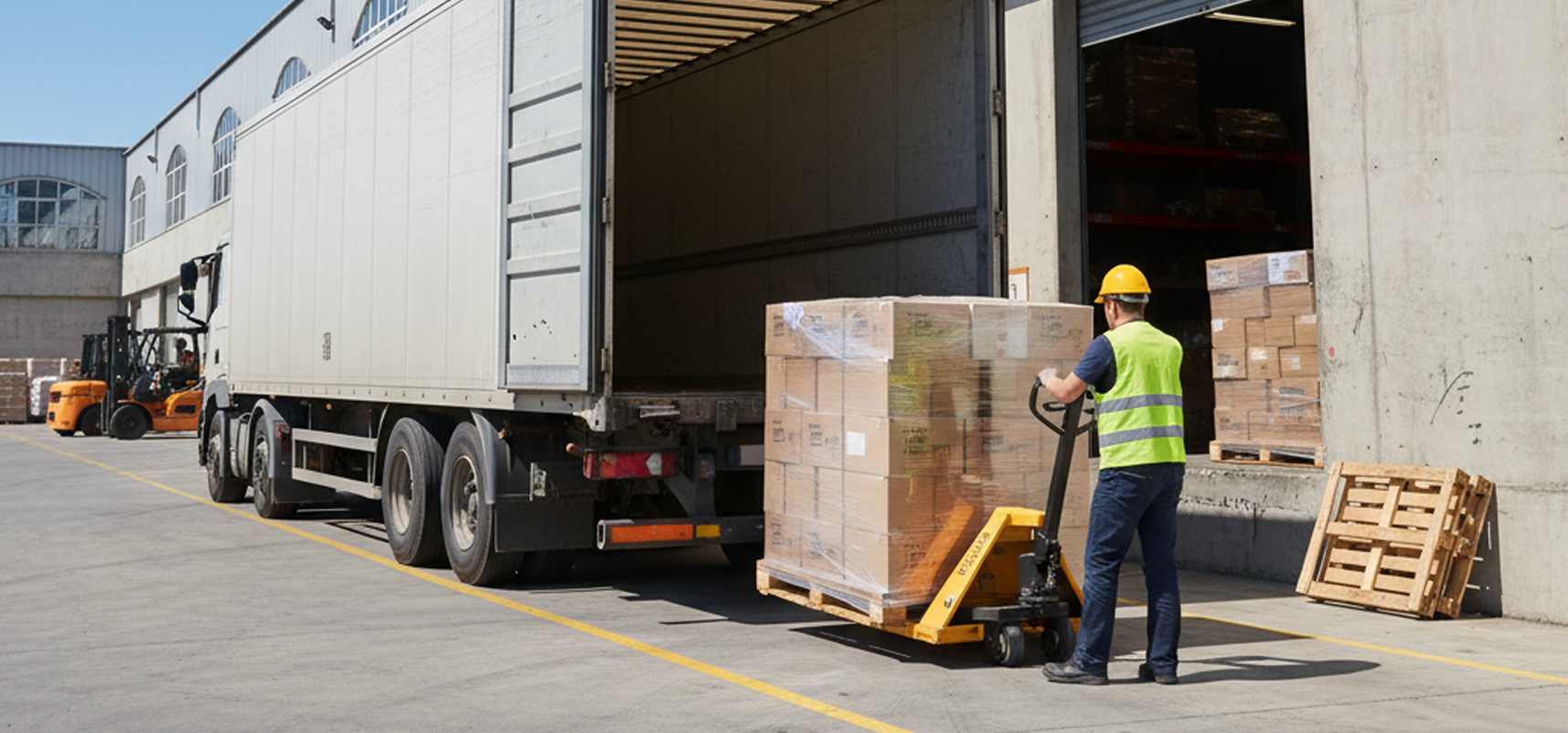Ho Chi Minh City’s infrastructure is rapidly modernizing with major projects underway, but still faces challenges such as traffic congestion and capacity constraints.
Population
Area
Density
170K
The projected net population growth in Ho Chi Minh City for 2024 is 248,660.
74.2%
67% of Emerging Asia's population is of working age.
Key industries include electronics manufacturing, textiles and garments, food processing, and chemicals, with major corporations like Samsung, Intel, Vinatex, and Masan Group playing significant roles.
Tertiary attainment among young adults aged 25-34 in OECD countries increased from 45% in 2019 to 48% in 2024, placing it among the top OECD nations.
Foreign Residents
The average income for foreign residents in Ho Chi Minh City is about 170 million yen per year with 30% earning less.
Ethnic Composition
Foreign residents in Ho Chi Minh City surpassed 10,000 in 2024, making up about 0.1% of the city population, with the largest group from Japan.
Over 8.5 million people commute daily in Ho Chi Minh City, with the vast majority traveling by motorbike and only a small fraction using rail or metro services.
248,660
116.4K
The average annual income in Ho Chi Minh City is about 116.4 million yen though more than half earn less than this amount.

26%
Warehouse lease rates in Ho Chi Minh City typically range from 2.98 to 5.11 USD/m²/month, with higher rates for modern or centrally located facilities and lower rates for basic or suburban warehouses.
Song Than, Tan Thuan, Cat Lai, Hiep Phuoc, Tan Tao, Vinh Loc, Le Minh Xuan, Tan Binh, Tan Thoi Hiep, Northwest Cu Chi, Tan Cang-Hiep Phuoc Port.
Last-mile delivery infrastructure in Ho Chi Minh City consists of urban micro-fulfillment centers, local warehouses, and digital logistics platforms, supported by a mix of traditional couriers and tech-driven startups using motorbikes, electric vehicles, and real-time tracking to navigate dense urban areas and meet fast-growing e-commerce demand.
Warehouse automation and technology adoption in Ho Chi Minh City is rapidly advancing, with major e-commerce firms deploying robotics, AI, and automated sorting systems to boost efficiency, accuracy, and competitiveness in response to strong market growth and evolving supply chain demands.
Cold storage and specialty warehousing facilities in Ho Chi Minh City offer temperature-controlled storage for frozen, chilled, and specialty goods, serving industries like food, seafood, and pharmaceuticals with modern infrastructure, advanced inventory management, and proximity to ports and city centers for efficient distribution.

Key industries and economic sectors in Ho Chi Minh City include services (finance, banking, real estate, retail, hospitality), manufacturing (textiles, garments, electronics, pharmaceuticals, food processing, chemicals), automation, mechanical engineering, information and communications technology, and tourism.
VOLTRANS LOGISTICS CO., LTD, Empire-Group Co., Ltd, Venus Logistics, Omni Logistics, Crane Worldwide Logistics, LV Logistics, GiaoHangNhanh (GHN), T&M Forwarding, InterLOG, Unifreight Global, AIT Worldwide Logistics
Ho Chi Minh City’s export value reached about $61 billion in the first eight months of 2025, with key trading partners including the United States, China, South Korea, Japan, and the European Union, while its main import partners are China, South Korea, Japan, Taiwan, and the US.
Ho Chi Minh City’s supply chain resilience is strengthened by Vietnam’s strategic location, skilled workforce, and digital transformation, but faces risk factors such as global geopolitical tensions, supply concentration, and the need for greater supply chain visibility and diversification.
Ho Chi Minh City serves as Vietnam's most industrialized manufacturing hub, producing diverse products from textiles and electronics to footwear and furniture for major global brands, leveraging lower production costs and strategic Southeast Asian location.
Textiles and garments, electronics, food processing, chemicals and pharmaceuticals, and rubber-plastics are the main industry clusters in Ho Chi Minh City.
Strategic location, modern infrastructure, large consumer market, skilled workforce, robust port and airport connectivity, business-friendly policies, and integration into global supply chains.
Detailed evaluation of Ho Chi Minh City's infrastructure quality, investment projects, utility systems, and environmental considerations for strategic planning.
Ho Chi Minh City’s infrastructure quality and capacity are improving with major transport projects and a new metro line, but remain insufficient for its rapidly growing population and vehicle numbers, leading to persistent congestion and urban strain.
Ho Chi Minh City plans major infrastructure investments in 2025, including new expressways, metro lines, ring roads, canal renovations, bridges, and the development of an international financial center.
Ho Chi Minh City has modernized its utility infrastructure with extensive underground power and telecommunication cables, reliable electricity supply, and widespread access to water and internet services.
Environmental factors affecting logistics in Ho Chi Minh City include high air pollution from road transport, infrastructure limitations for green technologies, and regulatory pressures to reduce emissions and adopt cleaner practices.